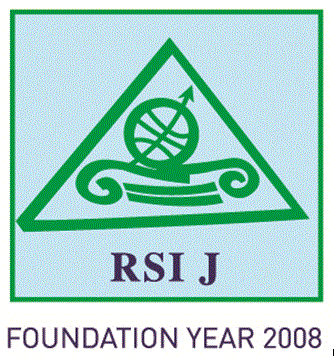Amitrajeet A. BATABYAL
Arthur J. Gosnell Professor of Economics, Department of Economics, Rochester Institute of Technology, Rochester, NY 14623-5604, USA
aabgsh@rit.edu
Seung Jick YOO
Associate Professor, Sookmyung Women’s University, Seoul, Republic of Korea
sjyoo@sookmyung.ac.kr
Corresponding Author
Abstract
We study decision-making by a regional authority (RA) that uses enterprise zones to attract members of the creative class—referred to as entrepreneurs—to its region. The enterprise zones provide a local public good (LPG) to entrepreneurs who become members. First, we compute the utility maximizing number of entrepreneurs
to attract and the optimal provision level of the LPG. Second, if the LPG
is chosen optimally, then, given
we determine an expression for the utility of an entrepreneur. Third, we calculate how much an entrepreneur would be willing to pay to become a member of an enterprise zone and then discuss the potential existence of an efficient and revenue-neutral equilibrium. Finally, we comment on some theoretical difficulties stemming from the twin facts that the number of enterprise zones created and the number of entrepreneurs attracted to these zones have to be integers.
Keywords: Creative Class, Enterprise Zone, Entrepreneur, Local Public Good, Membership
JEL classification: R11, R58
pp. 13-19
